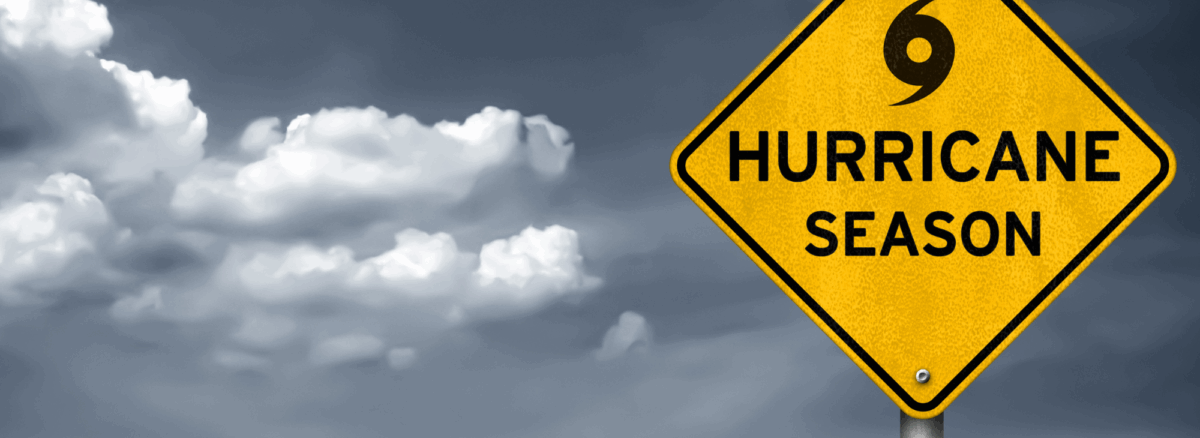Preparing for the Unexpected
In Texas, hurricane safety for families isn’t just a coastal concern. From Galveston Bay to Baytown and Atascocita, powerful storms can impact communities with very little warning, bringing flooding, wind damage, power outages, and medical emergencies in their wake.
Even when a storm doesn’t make landfall directly, the risks are real. ERs across the state often see an uptick in injuries and illnesses before and after major weather events, from heat-related illnesses to infections and injuries during cleanup.
The good news? Preparing early can reduce anxiety, protect your health, and make sure your family knows what to do, especially when the power is out and time is short.
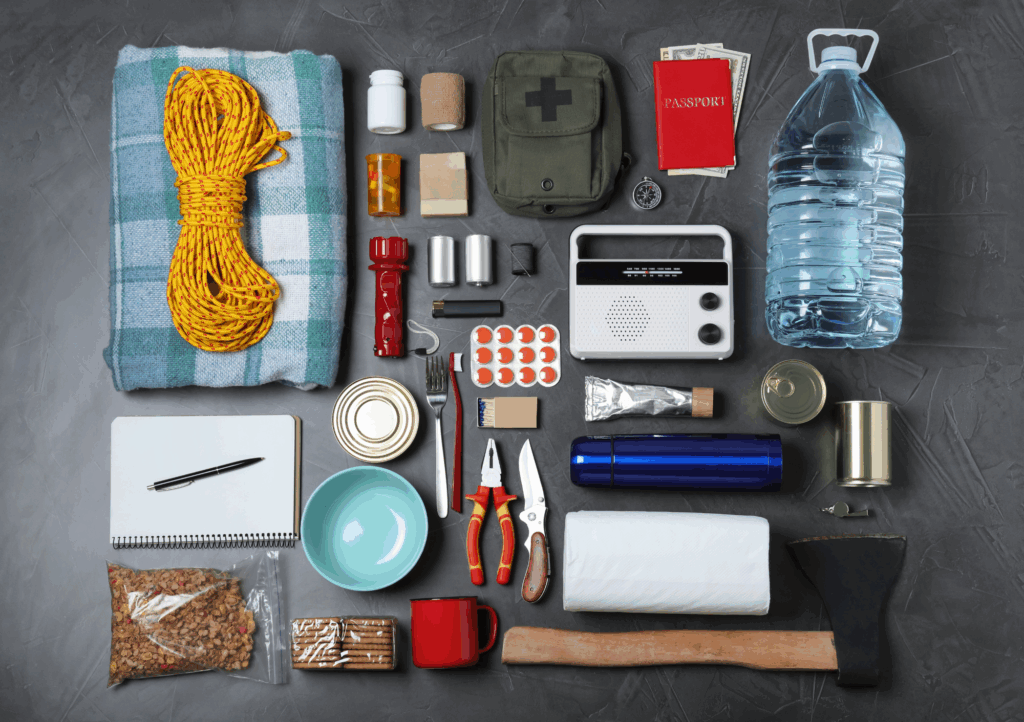
Build Your Emergency Kit
A well-stocked emergency kit is one of the most important things your family can have during hurricane season. It doesn’t need to be fancy, but it should be ready before the storm hits.
What to Include in a Texas Family Emergency Kit:
- Flashlights and extra batteries
- First-aid supplies (bandages, antiseptic, pain relievers)
- Bottled water (1 gallon per person, per day for 3+ days)
- Non-perishable food (and a manual can opener)
- Personal hygiene items
- Copies of IDs and important documents in a waterproof bag
- Portable phone charger or battery pack
- Extra cash (ATMs may be down)
Health-Specific Additions:
- 7+ days of essential prescription medications
- Inhalers, insulin, or allergy meds (and a cold pack, if needed)
- A list of medical conditions, allergies, and emergency contacts
- Pediatric medications and supplies (thermometers, electrolyte drinks)
- Extra glasses, hearing aids, or mobility devices
- Pet food, leashes, and copies of vet records
Keep your kit in a safe, accessible place, and check it every few months to replace expired items or adjust for changing needs (like a new baby or diagnosis).
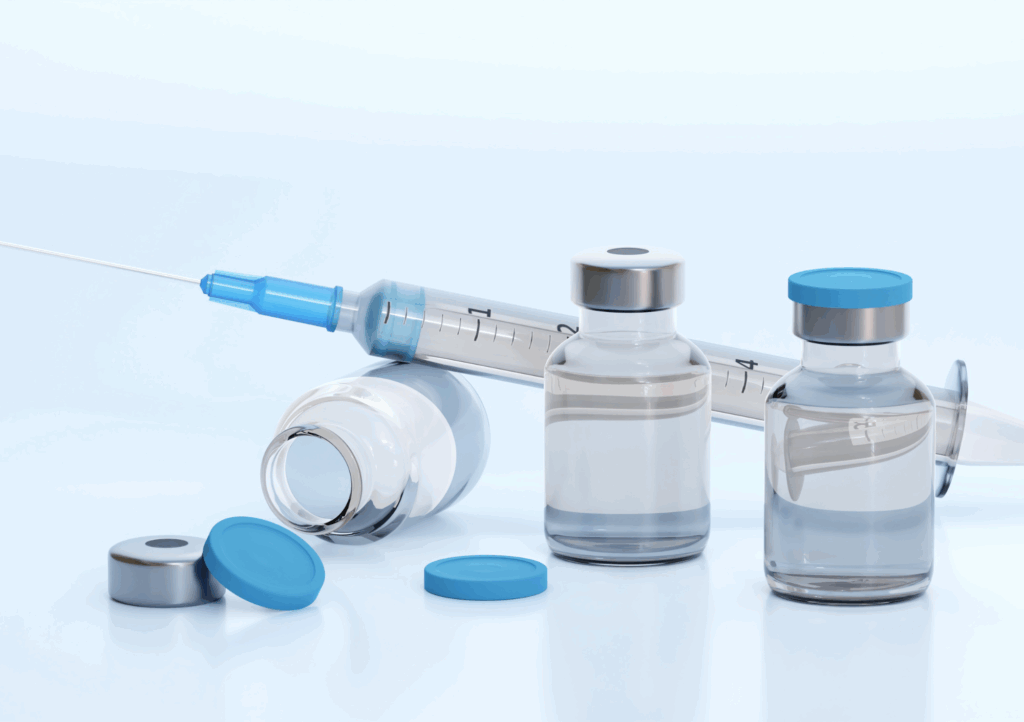
Medical Planning Tips: Hurricane Safety for Texas Families
Hurricane safety for Texas families means preparing for more than wind and rain, especially when medical access may be limited. When a hurricane hits, pharmacies may close, power outages can spoil medications, and emergency care could be delayed. Taking time to prepare your family’s medical needs now can prevent serious problems later, especially for children, older adults, and those managing chronic conditions.
Prescriptions
- Make sure you have at least a 7-day supply of all prescriptions.
- Refill meds before the storm, not after watches are issued.
- Ask your doctor or pharmacist for advice on emergency dosing if needed.
- If you use insulin or refrigerated meds, store them in a cooler with ice packs during outages.
Power-Dependent Devices
- If someone in your home uses oxygen, nebulizers, feeding pumps, or other medical equipment, talk with your doctor now about emergency alternatives.
- Keep a backup battery or generator on hand if possible.
- Know where your nearest open ER or urgent care is located in case equipment fails.
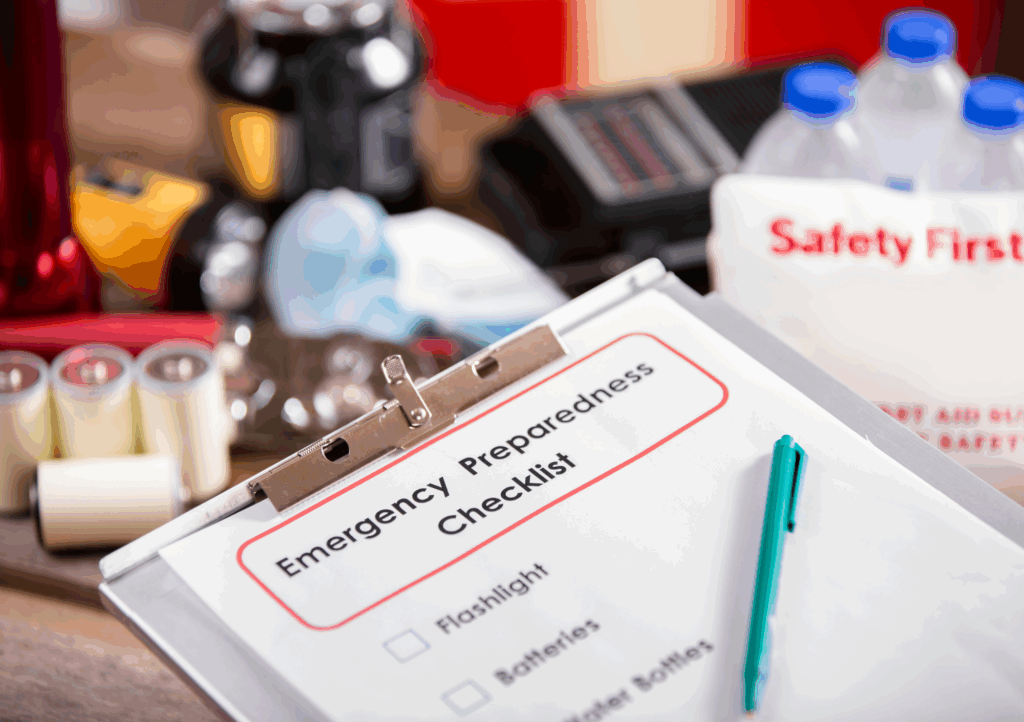
Emergency Access Kits, Don’t Forget Upstairs
If you live in a flood-prone area, it’s a good idea to place a secondary emergency kit in your attic or upper floor, just in case rising water forces your family to higher ground.
Include:
- A flashlight and phone charger
- Bottled water and non-perishable snacks
- First-aid kit and essential medications
- Whistle or loud noisemaker for signaling
- Copies of IDs and medical info in a waterproof bag
- A blanket or towel for warmth
- A basic roof escape tool such as a hatchet, small crowbar, or multi-tool with an axe head
In extreme flooding, rescue crews may take time to reach you. Having the ability to signal for help or exit the roof safely if needed can make a critical difference. While most families will never need this, those who do will be glad they planned ahead.
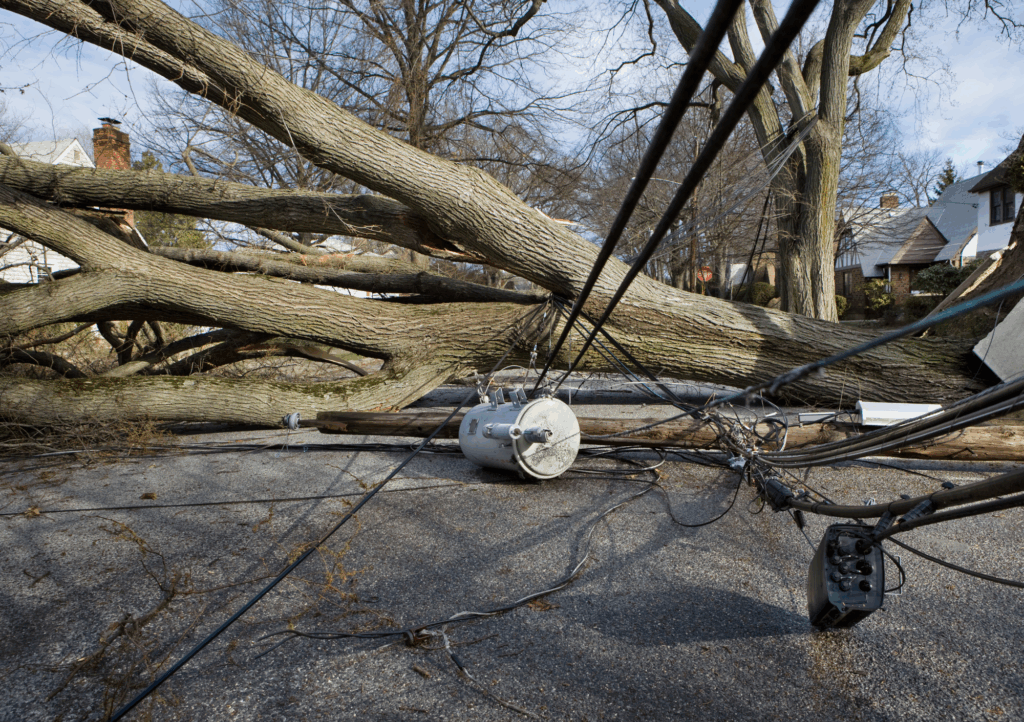
Injury & Illness During Severe Weather
During hurricanes and tropical storms, many ER visits don’t happen during the storm, they happen right after. Flooding, fallen debris, unsafe water, and poor lighting can turn ordinary tasks into hazards.
Common Storm-Related Injuries We See at the ER:
- Deep cuts and puncture wounds from debris or tools
- Infections from contaminated water entering open wounds
- Sprains and fractures during cleanup or evacuations
- Carbon monoxide poisoning from using generators indoors
- Burns from candles, stoves, or downed power lines
- Foodborne illness from spoiled food or unsanitary conditions
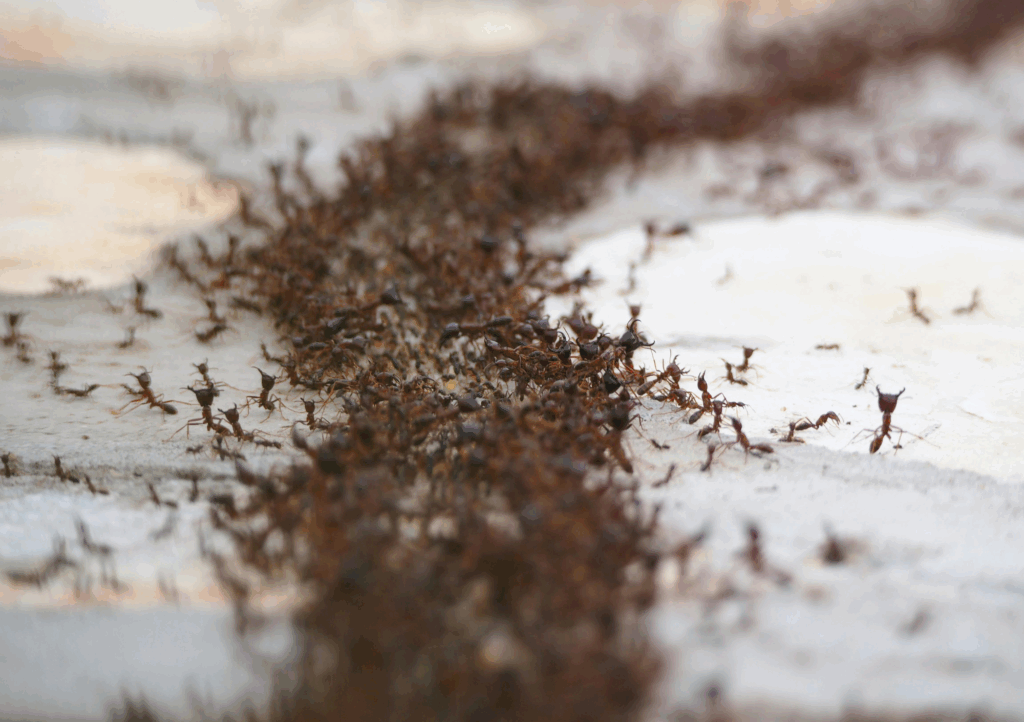
Floodwater Dangers During Hurricanes
Part of hurricane safety for Texas families includes understanding the health risks of contaminated water. Floodwater isn’t just dirty, it can be dangerous. It often contains bacteria, sewage, sharp debris, and chemical runoff. Even a small scratch can become infected if exposed.
But there’s more: floodwaters in Texas can carry displaced wildlife, including:
- Snakes seeking higher ground
- Floating fire ant colonies, which can swarm quickly and sting
- Rodents and insects that may bite, scratch, or transmit disease
Keep children and pets far from standing or moving water, even if it looks shallow. Wear boots and gloves during cleanup, and always disinfect any skin that comes in contact with floodwater.
If you notice a bite, swelling, or signs of infection after storm exposure, seek care promptly.
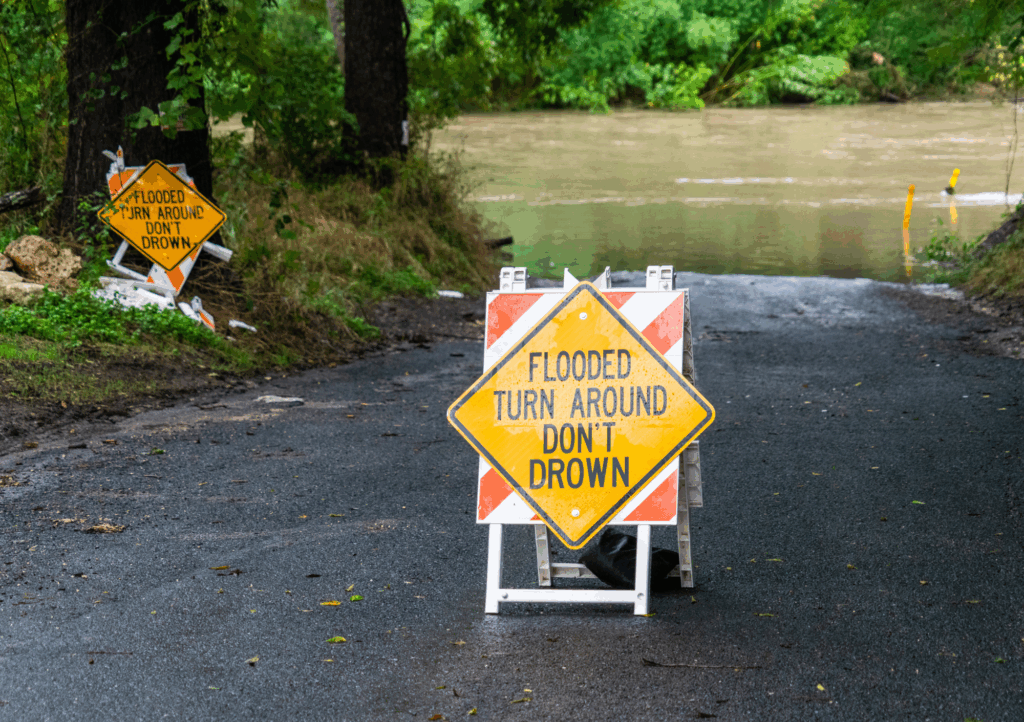
Driving? Remember: Turn Around, Don’t Drown
Texas leads the nation in flood-related vehicle deaths. Just six inches of moving water can knock you off your feet, and a foot of water can carry away most cars.
If you’re ever uncertain about road conditions, do not attempt to drive through standing or moving water, no matter how shallow it looks. Take a different route or wait it out.
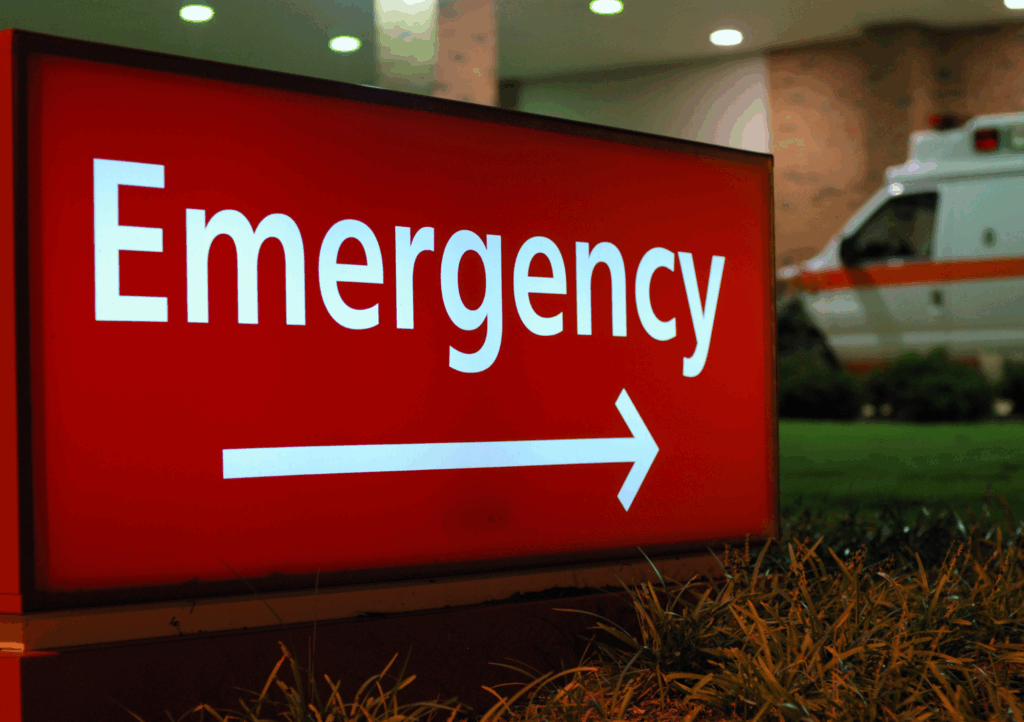
What Symptoms Warrant Immediate ER Care During or After a Storm:
- Fever, swelling, or red streaks around a cut or wound
- Shortness of breath or chest pain after cleanup or strenuous activity
- Persistent vomiting or diarrhea, especially in kids or seniors
- Signs of heat exhaustion or heat stroke (confusion, dizziness, no sweating)
- Loss of consciousness, seizures, or signs of stroke
Storm recovery can be physically and emotionally draining. Don’t ignore the signs your body is struggling. At Family First ER, we’re open 24/7, even when conditions are tough, and we can help assess, treat, and stabilize in a safe, comfortable setting.
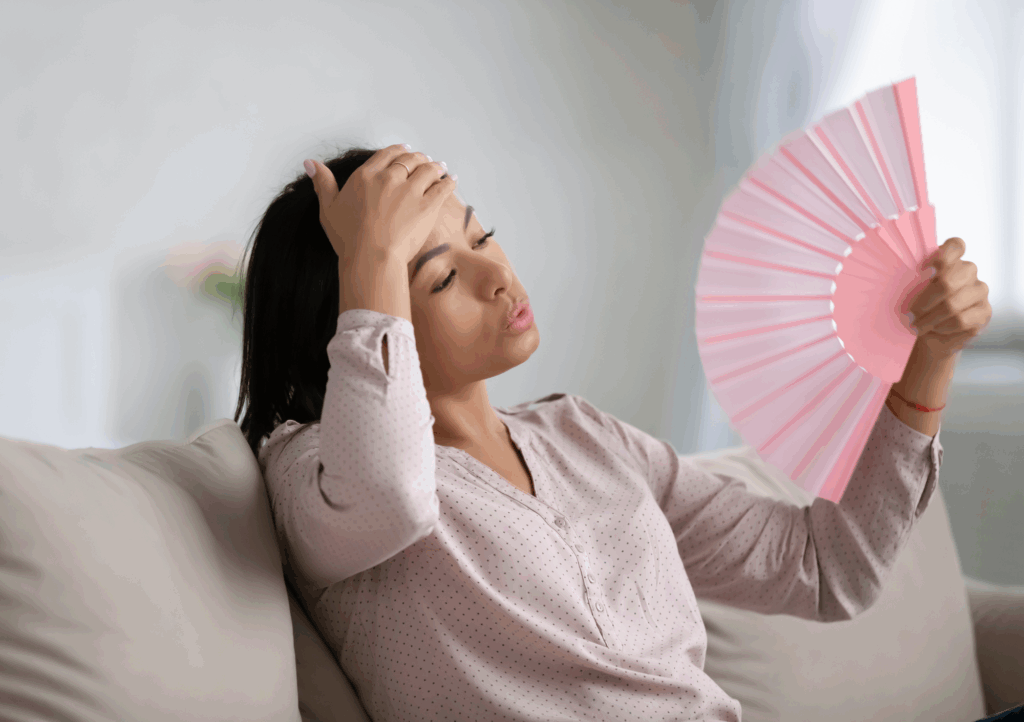
After the Storm: Recovery & Hurricane Safety for Texas Families
During post-storm cleanup, hurricane safety for Texas families depends on taking precautions against heat illness, injury, and unsafe conditions. The storm may pass, but the risks don’t end when the skies clear. Some of the most common emergency visits happen after the hurricane, when people begin assessing damage, removing debris, or returning to homes that lost power or were flooded.
Here’s how to stay safe during the cleanup phase:
1. Avoid Injury During Cleanup
- Wear thick-soled shoes, gloves, and eye protection when clearing debris.
- Don’t lift heavy branches or furniture without help; back injuries and sprains are common.
- Use ladders carefully, and never operate power tools if you’re fatigued or dehydrated.
Seek ER care if you get a deep cut, puncture wound, or sustain a serious fall.
2. Treat Wounds Carefully
Even minor cuts can become infected quickly, especially if they come in contact with floodwater or dirt.
Clean wounds gently with clean water, cover them with a sterile bandage, and watch for:
- Redness or swelling
- Warmth around the wound
- Pus or fluid
- Fever or red streaks near the area
If you see these signs, or if someone has diabetes or a weakened immune system, get medical care right away.
3. Monitor for Heat-Related Illness
Without air conditioning, the risk of heat exhaustion and heat stroke rises fast, especially for:
- Older adults
- Children under 5
- People with heart, lung, or kidney conditions
- Anyone doing outdoor labor
Symptoms to watch for:
- Nausea, headache, rapid heartbeat
- Weakness or confusion
- No sweating despite heat exposure
- Fainting or dizziness
If fans aren’t cutting it and symptoms worsen, don’t wait. Heat stroke is a medical emergency.
4. Generator and Carbon Monoxide Safety
Never run a generator inside your home, garage, or near windows. Carbon monoxide is invisible and odorless, but it can build up quickly and kill in minutes.
Install a battery-powered CO detector and be cautious with fuel storage.
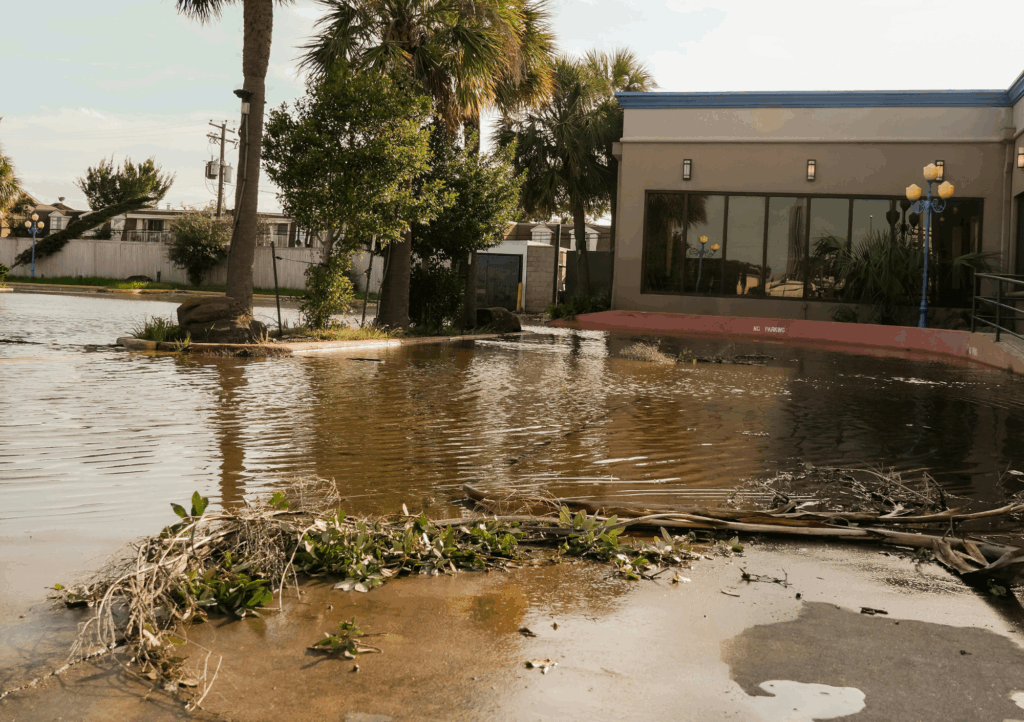
Watch Out for Electrical Hazards
After a hurricane, it’s common to find downed power lines, flooded electrical outlets, or damaged appliances. These pose serious risks; don’t try to handle them yourself.
What to avoid:
- Never touch downed wires, even if they don’t appear live
- Don’t use wet or submerged appliances
- Stay away from standing water near electrical panels or cords
- If you smell burning, hear popping, or see sparks, get out and call for help
If your home was flooded or your breaker box got wet, wait for a licensed electrician or emergency services to inspect it. Even flipping a switch can lead to shock or fire.
Pro tip: Turn off the power at the main breaker before starting cleanup if it’s safe to access.
Trusted Resources & Wrap-Up
Hurricane season in Texas is unpredictable, but your safety plan doesn’t have to be.
With the right prep, families can stay protected, manage health needs, and know when it’s time to seek care. Whether you’re in Baytown, Atascocita, or nearby areas, Family First ER is open 24/7 to support your family during hurricane season.
Whether you’re navigating cleanup, monitoring a health concern, or need emergency care fast, we’re ready when you need us.
Helpful Texas Hurricane Safety Resources:
- Texas Department of State Health Services – Disaster Safety & Updates
- Ready Harris – Harris County Emergency Management
- National Weather Service – Hurricane Preparedness
- https://www.ready.gov/kit
- CenterPoint Energy – Power Outage Updates & Safety
- Poison Control Hotline – 1-800-222-1222
Stay safe, stay prepared, and don’t wait if you need help. Family First ER is always open, rain or shine.


